To celebrate International Polar Bear Day, we asked our experts at the San Diego Zoo Institute for Conservation Research to weigh in on some common misconceptions regarding polar bears and the impacts of climate change. Megan Owen, Ph.D., associate director of Recovery Ecology, and Nicholas Pilfold, Ph.D., a postdoctoral associate in Recovery Ecology, provided answers.
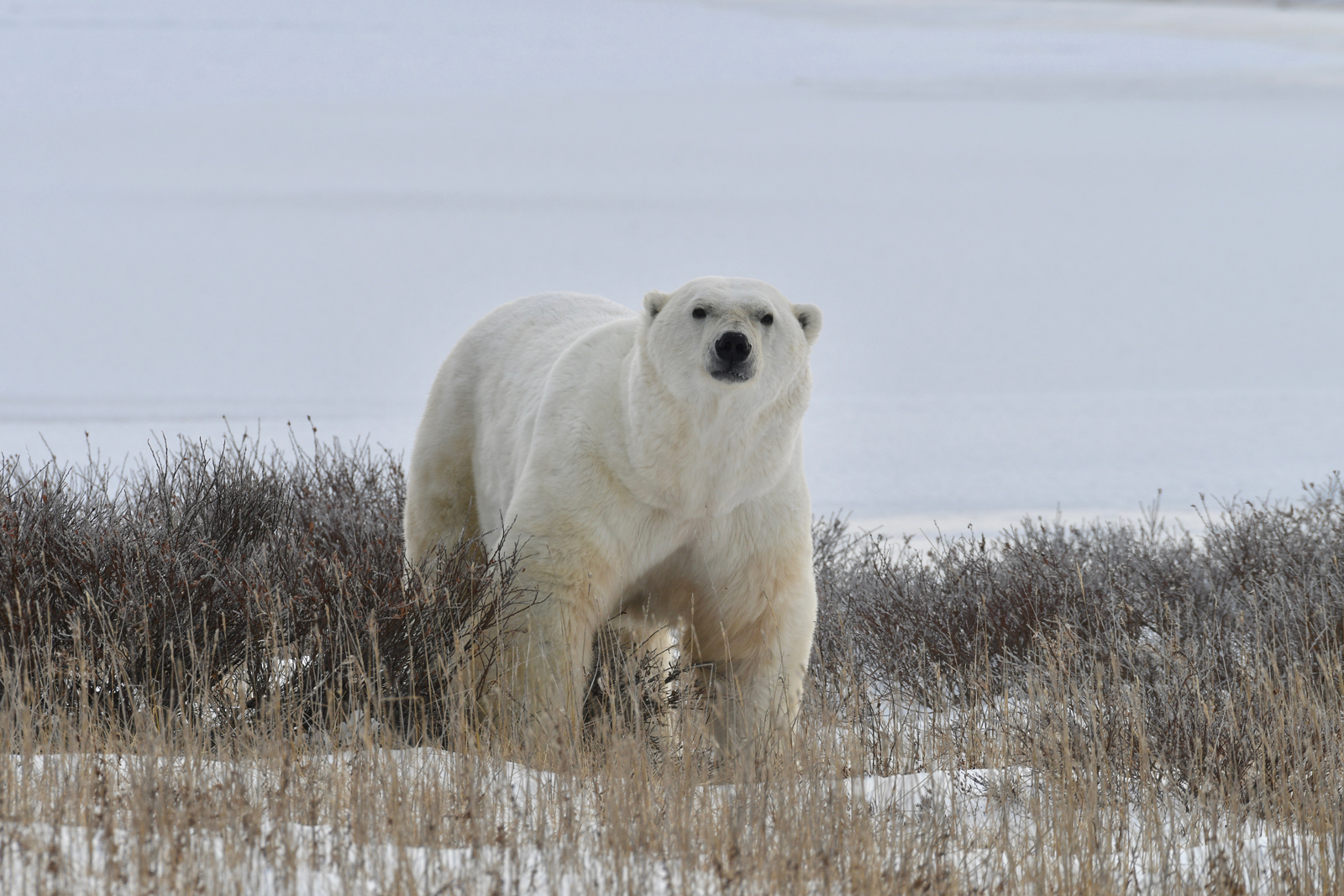
Why are polar bears threatened?
Polar bears are threatened because of a continued loss of habitat. Sea ice forms the primary habitat for polar bears, and the duration and extent of sea ice in the Arctic has steadily declined over the past 30 years. If ice losses continue at the current rate, we could see a decline of 30 percent or more in polar bear populations by midcentury.
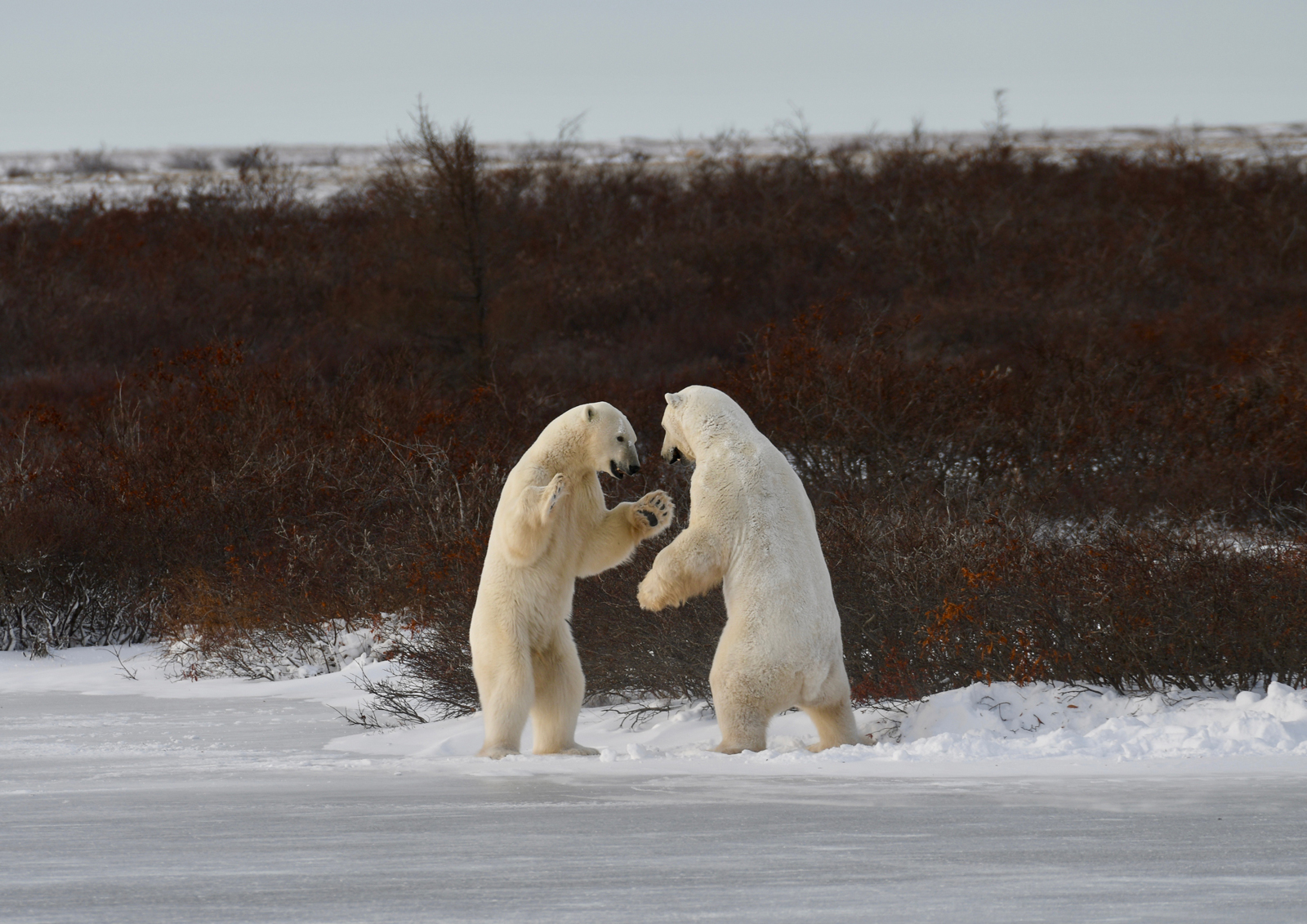
What do scientists know about how the Earth’s climate is changing?
97% of climate researchers agree that emissions of greenhouse gases from human activity are directly related to patterns in warming that have been recorded. 2016 was the hottest year on record, and 16/17 hottest years ever recorded all occurred in this century. This documented warming is correlated with the declines in the Arctic sea ice habitat that polar bears depend on for survival.
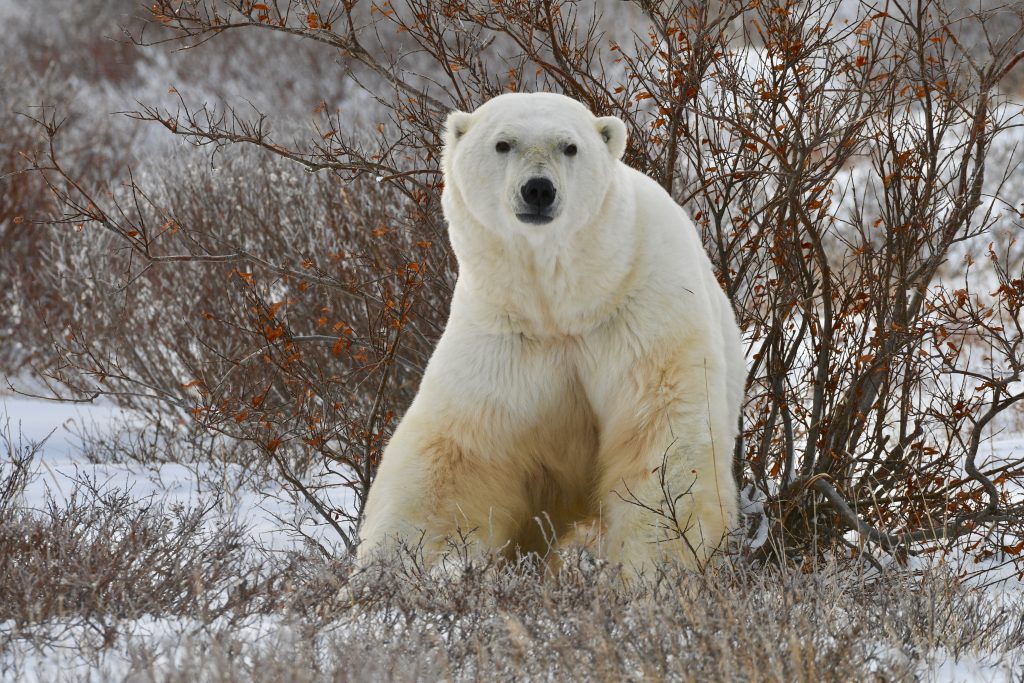
Can’t polar bears adapt to life on land?
No. Polar bears depend on sea ice to hunt their marine mammal prey, which are not accessible from land. While polar bears are on land, they rest and fast, losing an average of 2.2 pounds (1 kilogram) of body mass per day. Polar bears can live on land on a temporary basis, but the types of food that are required to sustain a population of polar bears cannot be found on land.
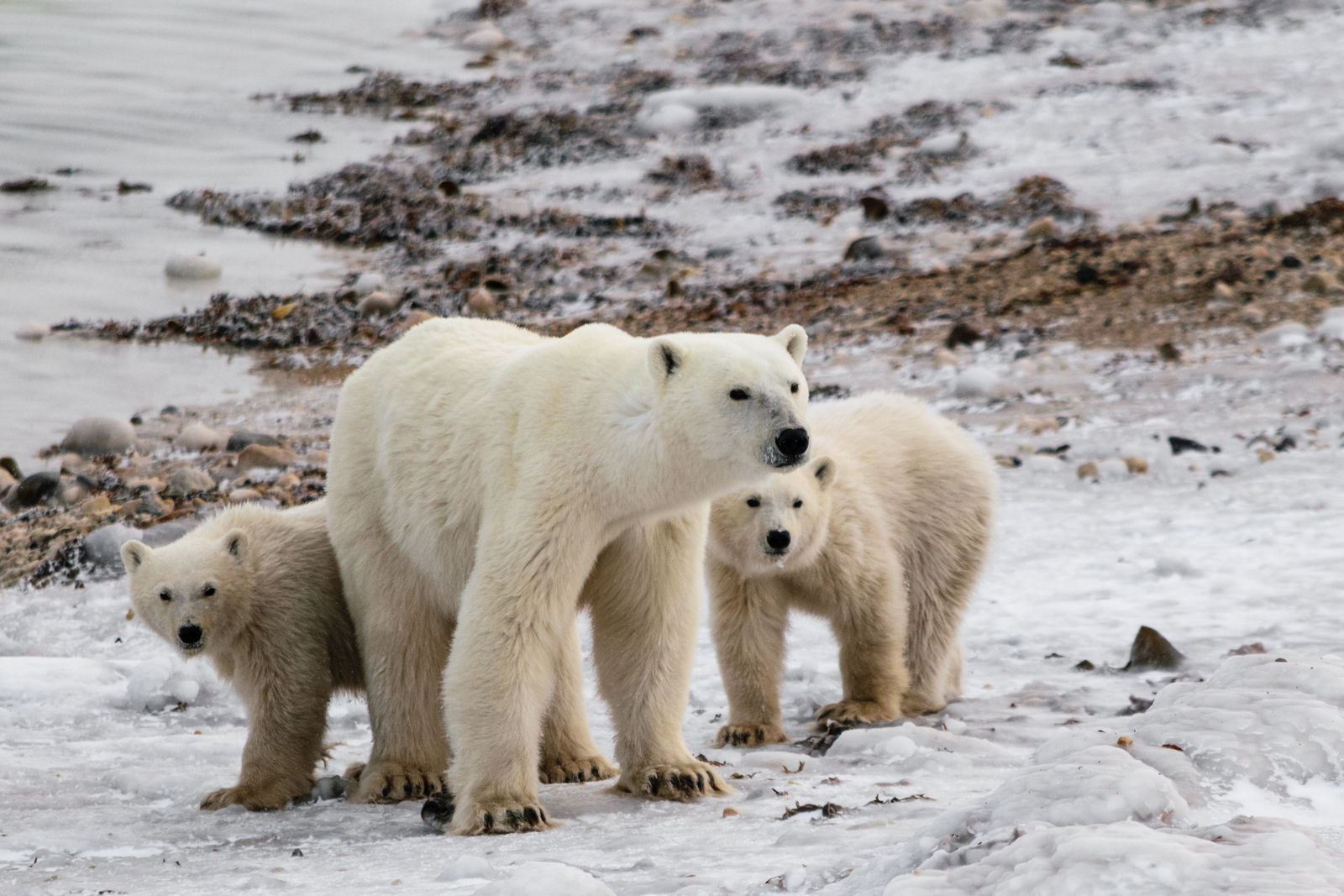
Aren’t wild populations of polar bears growing?
No. There are 19 subpopulations of polar bears, and we have population estimates for 10 of them. Of those 10 populations, 2 are increasing, 2 are decreasing, and the rest appear to be stable. However, in the populations with the most complete records, past decreases in polar bear numbers have correlated with decreases in sea ice.
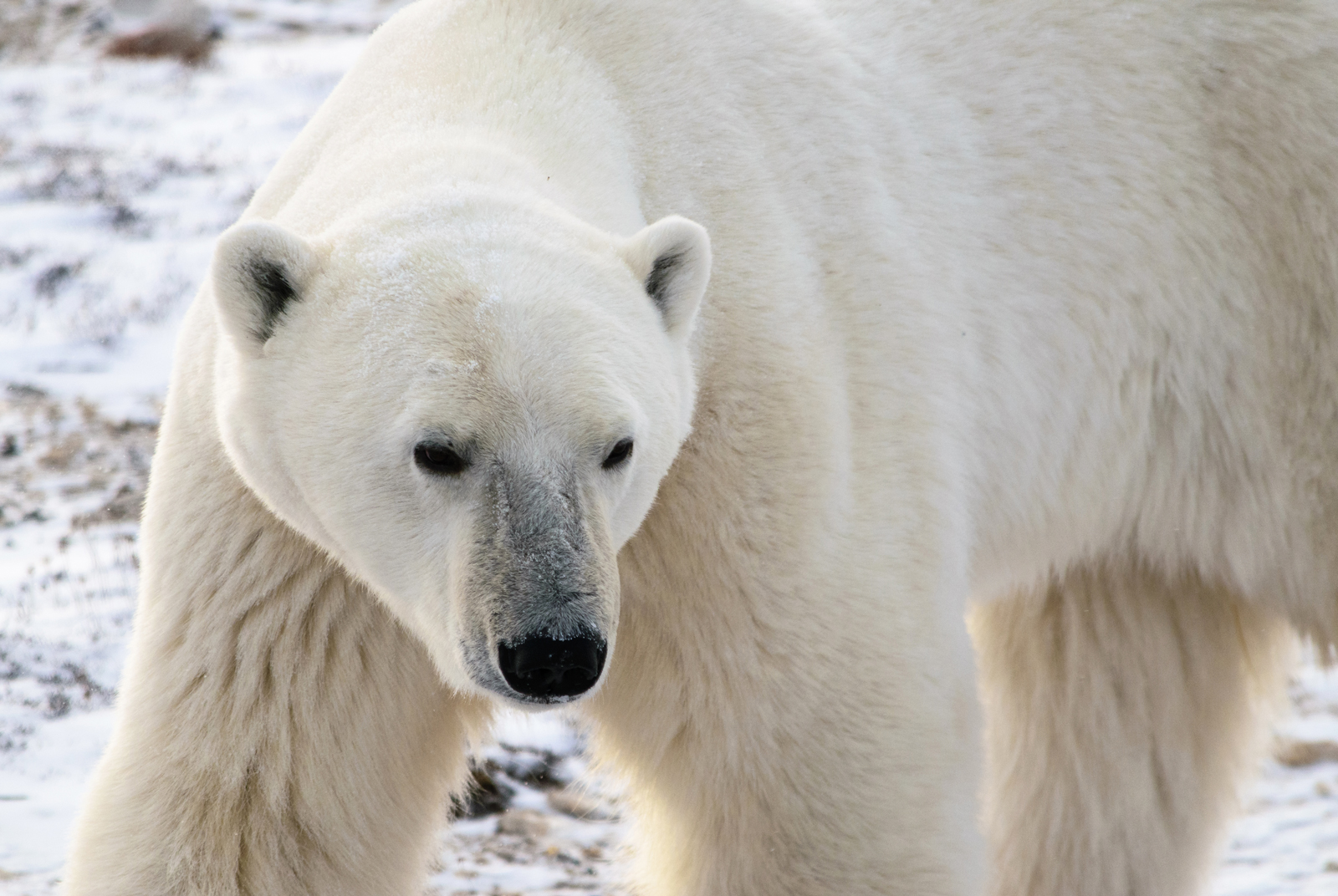
Is it too late to save polar bears?
There is still hope to save polar bears, but it will require swift and meaningful action on the part of all of us! Sea ice responds most sensitively to current air temperatures and has little memory. If we stabilize Earth’s air temperature by reducing greenhouse gas emissions, sea ice will in turn stabilize, and it may even begin to grow back. However, fossil fuels still power much of the human economy—and action on climate change needs to be swift, to develop technologies that can reduce greenhouse gas emissions. We can’t wait any longer.
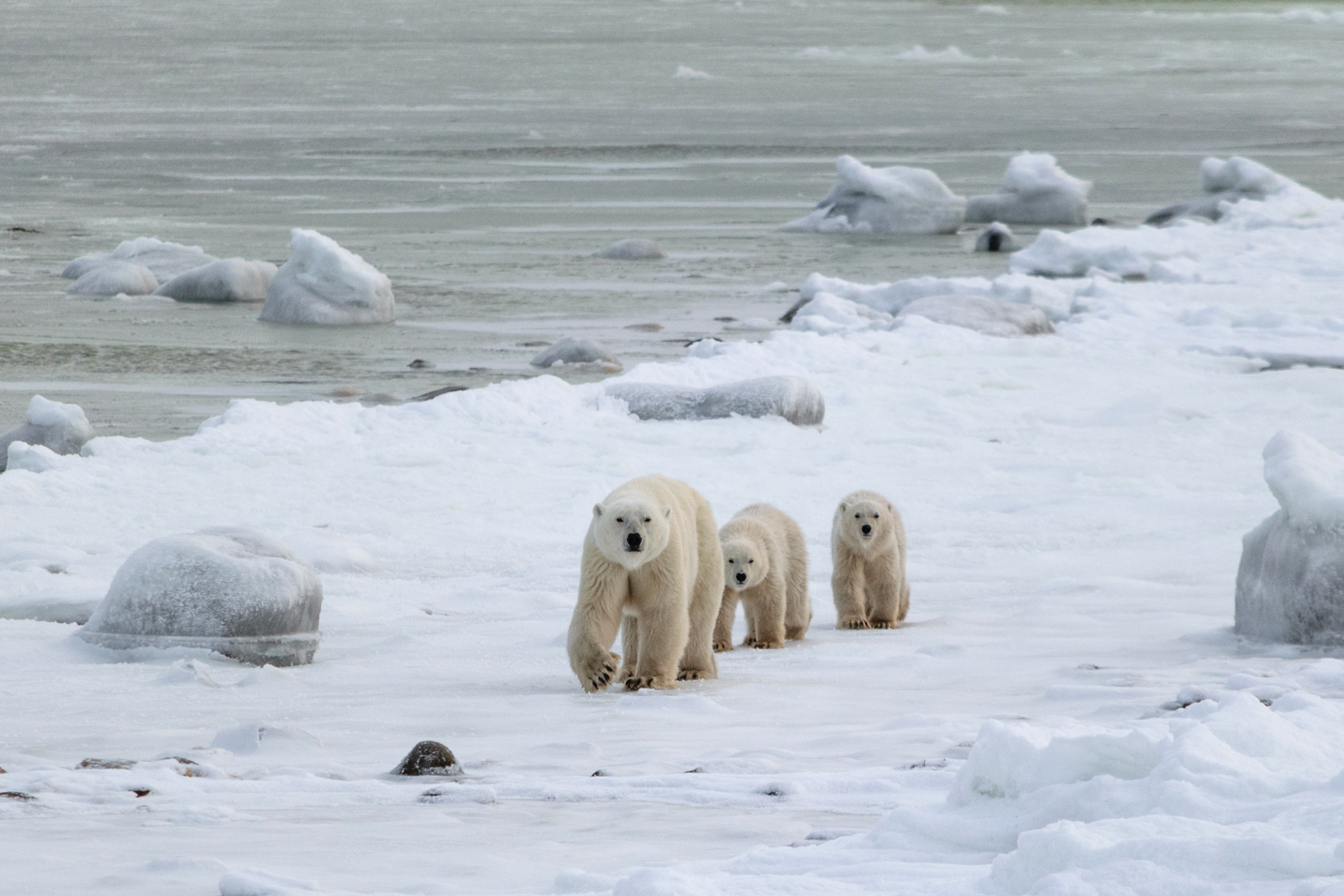
What can I do to save polar bears?
Small changes are the easiest. Walk or cycle to work. Buy foods grown locally, and reduce your consumption of red meat. Reduce, reuse, and recycle. Increasing economic demand for products that reduce greenhouse gas emissions is one of the best ways to effect change.
Megan Owen, Ph.D., is associate director of Applied Animal Ecology at the San Diego Zoo Institute for Conservation Research. Read her previous post, A Bird’s-eye View of Sea Ice and Polar Bears.
Nicholas Pilfold, Ph.D., is a postdoctoral associate in Applied Animal Ecology at the San Diego Zoo Institute for Conservation Research. Read his previous post, A Home Melting Away.





